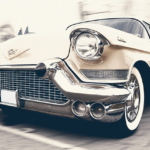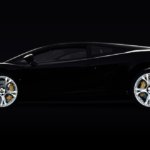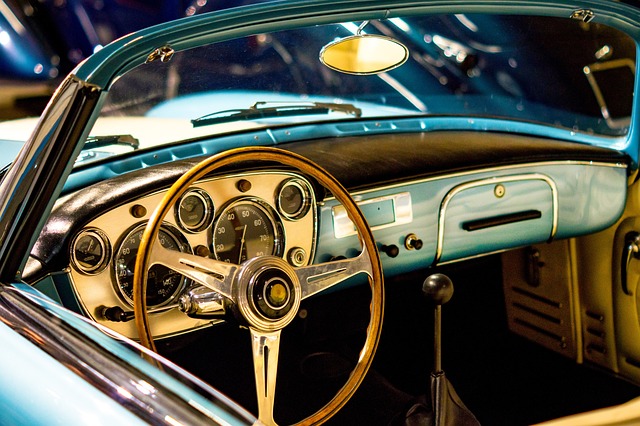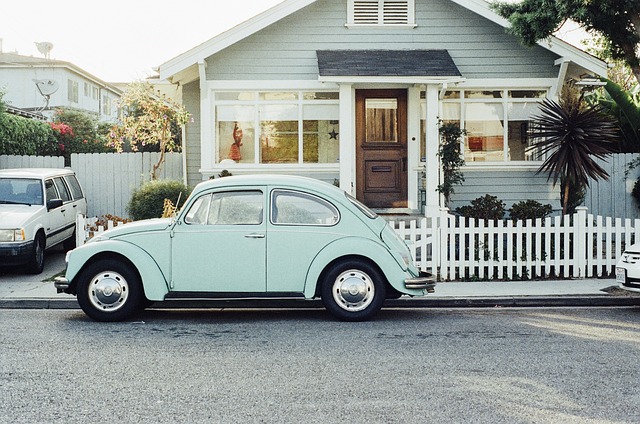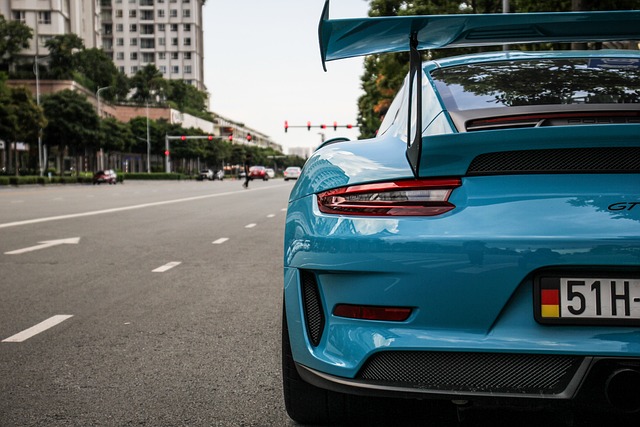Mack Trucks: ‘The first family of commercial trucking’ – The Kingston Whig-Standard
Publishing date:
Nov 25, 2022 • 3 days ago • 5 minute read
Article content
A company has reached the big time when its brand becomes part of everyday language, even if it is, “I feel like I’ve been hit by a Mack truck!” Representing strength and endurance, the Mack truck was born in 1900 with the first vehicle by “Jack” Mack and family at the Mack Brothers Company in Brooklyn, N.Y. Except it was a bus. And didn’t have the classic bulldog emblem yet.
From the time he left school at age 14, John Michael “Jack” Mack (born Oct. 27, 1864, in Mount Cobb, Pa.) was inspired by machinery and mechanical work. Employed first by Erie Railroad, the teenager worked with the construction branch. Taking a job as stationary engineer in Pennsylvania and then New York, Mack next boarded a steamship to Panama and the Caribbean as ship’s engineer.
Advertisement 2
This advertisement has not loaded yet, but your article continues below.
Article content
Returning in 1890, Mack found work at a carriage and wagon shop. Three years later, he bought the operation with his youngest brother, Augustus.
Motorized vehicles were novel, open to a world of invention. “John Mack had a desire to build the most durable and powerful heavy-duty trucks in the world,” Automotive Hall of Fame said, “and spent the following years refining his designs for a large motorized vehicle.” His older brother, William, joined the firm the next year, and by 1900, Mack Brothers Company had established a factory in Brooklyn.
Built for a sightseeing business, Mack’s first bus had seating for 20 passengers and was powered by a 40-horsepower engine. The bus “operated in Brooklyn’s Prospect Park for eight years before being converted into a truck,” Mack Truck Historical Museum said. Until the 1960s, the company “produced many different types and models of buses … as school, transit, suburban or intercity buses.” Multipurpose, the vehicles were also used for police units, subway track X-rays, mobile post offices and much more.
Advertisement 3
This advertisement has not loaded yet, but your article continues below.
Article content
Continuing to make horse-drawn carriages, the brothers produced their motorized vehicles under the name “Manhattan.” Incorporating the business as Mack Brothers Motor Company in 1905, another brother, Joseph, became part of the firm. Moving the factory to Allentown, Pa., the company “was one of the first manufacturers to mount a cab directly over the engine,” described the museum, “which increased driver visibility and manoeuvrability.”
Innovating in the wide-open mechanical field, Mack brothers focused on technical advantages. Among many ongoing inventions, Augustus patented a constant mesh gearbox to protect equipment from inexperienced drivers, and Jack devised a selective gear feature. Advancements meant the inventors could diversify their merchandise.
Advertisement 4
This advertisement has not loaded yet, but your article continues below.
Article content
Building on his early experience, Mack added rail cars and locomotives to the factory’s offerings in 1905. Four years later, the engineers constructed a lighter commercial truck weighing one and a half tons. In 1910, the Mack nameplate was proudly displayed on all vehicles, and “Manhattan” was shelved. They also entered the fire truck market.
The Mack brothers “produced the first engine-driven fire truck in the United States,” Automotive Hall of Fame noted. The fire apparatus sector grew significantly for the firm. The city of Morristown, N.J., ordered the company’s first hook-and-ladder fire truck in 1911; over the next eight decades, Mack Trucks produced pumpers, hose wagons, rescue trucks and more. (New York City purchased seven Mack LS model hose wagons in 1939 for the price of $7,327 each, according to John Calderon in “Mack Fire Apparatus,” New York Fire Department.)
Advertisement 5
This advertisement has not loaded yet, but your article continues below.
Article content
Supplying vehicles during the First World War to overseas Allies, the manufacturer learned that its Mack AC model truck reminded certain troops of their own national mascot. “British soldiers dubbed the truck the Bulldog Mack,” the museum mentioned, “its pugnacious, blunt-nosed hood, coupled with its incredible durability, reminded the soldiers of the tenacious qualities of their own country’s mascot, the British bulldog.”
By 1921, the company had adopted the engaging bulldog, first incorporating the image into an emblem affixed to each truck, and in print advertising. Eleven years later, the company’s chief engineer was off work due to medical issues and surgery. Keeping his mind and hands busy, Alfred Fellows Masury carved a bulldog. He patented his design, receiving U.S. Patent Des. 87,931 on Oct. 11, 1932. The design turned into the eye-catching Mack bulldog radiator cap. Masury died only six months later; he was a passenger on the airship Akron when it crashed into the ocean during a storm.
Advertisement 6
This advertisement has not loaded yet, but your article continues below.
Article content
Resculpting the bulldog in 1979, Mack smoothed the ears and tail to prevent snagging on clothing and jewelry. As truck designs modernized, the radiator cap was tucked under the expansive hood. The cast metal bulldog took on another essential purpose as a rugged handle for raising the heavy hood on conventional trucks and a stabilizing handhold on cab-over models.
Opening a Canadian office in Toronto in 1921, Mack sales picked up sufficiently after the Second World War to open locations in Montreal and Winnipeg. Thanks to the incentives provided by U.S.-Canada Auto Pact Agreement, Mack established a Canadian manufacturing plant in 1964. The company soon realized it was too small. “As a result, a new plant was opened in 1966 in Oakville. … It was just in time to build the new Mack R model truck,” Mack Trucks Canadian History said.
Advertisement 7
This advertisement has not loaded yet, but your article continues below.
Article content
More recently, the Mack company underwent a series of ownership changes. Investing in the truck manufacturer, Renault helped Mack compete with Kenworth, Freightliner and other truck manufacturing giants. In 1990, Mack became a wholly owned subsidiary of Renault. In 2000, Volvo AB took over the Renault VI trucking division, including Mack. Building powerful medium- and heavy-duty trucks for long-haul, short-haul, construction and more, Mack retains the reputation of tough and reliable. Combining sustainability into the lineup, the company has introduced powerful electric models.
The early driving force behind Mack trucks left the company in 1912 after Mack Brothers merged with Saurer Motor Car Company the year before. Forming the holding entity International Motor Truck Company, each manufacturer remained separate. In 1922, the brothers’ firm incorporated and renamed Mack Trucks, Inc.
Caught in a horrific car accident with a trolley in Allentown, Pa., Jack Mack died on March 14, 1924. Married with two children, Mack was survived by his wife and daughter. His teenage son died eight years earlier.
Innovative, visionary and with a bulldog attitude, Jack Mack and his brothers are regarded by the Automotive Hall of Fame as “the first family of commercial trucking.”
Susanna McLeod is a writer living in Kingston. She is a fan-girl of all the big trucks.
